As a homeowner or builder, it’s important to understand the various components that make up a sturdy and reliable structure. One of the most crucial elements in construction is the sill plate. A sill plate is a horizontal member that is installed at the base of a wall, directly above the foundation. It provides a sturdy connection between the foundation and the rest of the building.
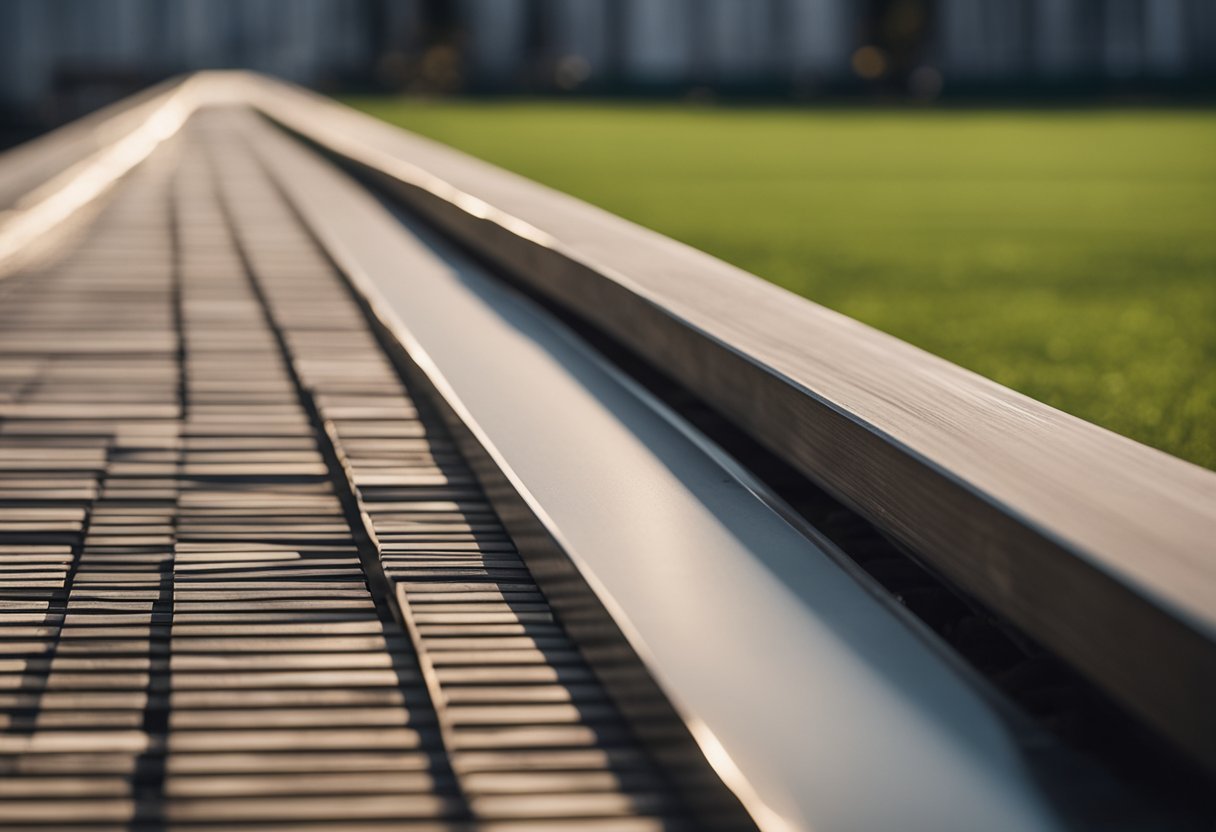
Sill plates are an essential element in construction as they anchor the vertical studs and walls to the foundation. They also help to distribute the weight of the structure evenly across the foundation. Without a properly installed sill plate, the building can be at risk of structural damage, moisture infiltration, and pest infestation. In this article, I will explain what a sill plate is, its role in construction, the materials used, installation and anchoring, protection and maintenance, dealing with potential issues, building regulations and codes, and contract and professional services.
Key Takeaways
- Sill plates are horizontal members installed at the base of a wall, directly above the foundation, providing a sturdy connection between the foundation and the rest of the building.
- Sill plates anchor the vertical studs and walls to the foundation, distribute the weight of the structure evenly across the foundation, and prevent structural damage, moisture infiltration, and pest infestation.
- Sill plates can be made of wood, concrete, or steel, and must be installed and anchored properly according to building codes and regulations. Regular inspection and maintenance are necessary to ensure their longevity and effectiveness.
Understanding Sill Plates

As a construction professional, I understand the importance of a sturdy foundation for any building. One crucial component of a building’s foundation is the sill plate. A sill plate is a horizontal piece of material, typically made of wood or lumber, that is installed at the base of a wall, directly above the foundation. It provides a sturdy connection between the foundation and the rest of the building.
Sill plates are essential for framing a building. They serve as the base for the vertical framing members, such as studs, that make up the walls of the building. The sill plate is anchored to the foundation using bolts, which provide a secure connection between the foundation and the building’s structure.
Wood is a common material used for sill plates because it is readily available and relatively inexpensive. However, other materials such as concrete or steel can also be used. The choice of material depends on several factors, including the building’s design, the local building codes, and the builder’s preference.
It is important to note that sill plates are not just a simple piece of wood or lumber. They play a critical role in the overall strength and stability of a building. A poorly installed or damaged sill plate can compromise the integrity of the entire structure. Therefore, it is crucial to ensure that sill plates are installed correctly and inspected regularly to ensure they remain in good condition.
In conclusion, understanding the role of sill plates in construction is essential for any builder or construction professional. It is a crucial component of a building’s foundation and plays a critical role in ensuring the stability and strength of the structure. By using the right materials and ensuring proper installation, builders can ensure that their structures remain safe and secure for years to come.
Role in Construction
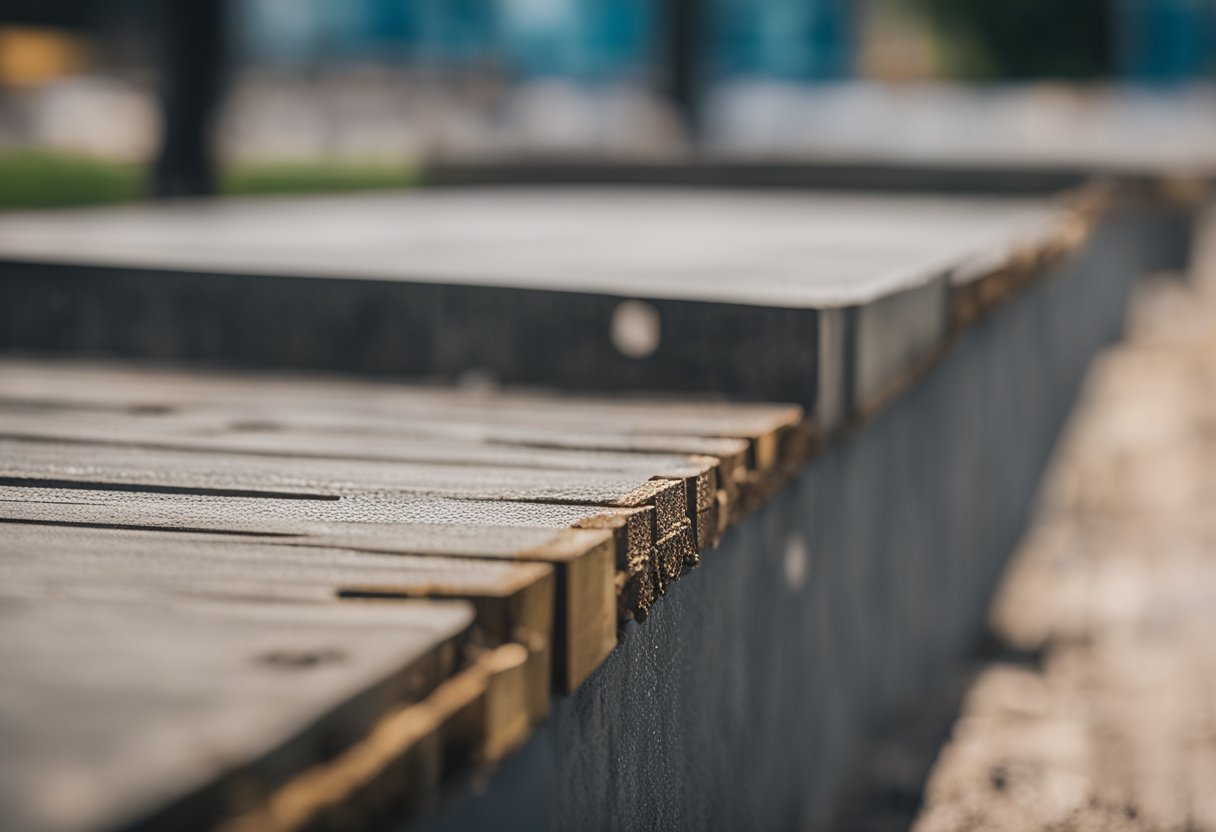
As a construction professional, I know that a sill plate plays an essential role in the construction of a building. It is a horizontal component that sits on top of the foundation and provides a secure connection between the foundation and the rest of the building. The sill plate plays a vital role in distributing the weight of the structure, ensuring stability, and transferring loads from the building to the foundation.
The installation process of the sill plate is critical to the structural integrity of the building. The sill plate should be level and installed according to building codes. The building codes specify the minimum size of the sill plate, the number of anchor bolts required, and the spacing between them. The sill plate must be anchored to the foundation wall using anchor bolts or other approved fasteners. The sole plate is the primary structural beam off a wall, and it is usually the first piece of wood to come into contact with the basement or foundation’s brickwork.
The sill plate also provides a platform for the installation of the wall studs, which are placed vertically on top of the sill plate to form the framing of a structure. The top plate or wall plate is installed on top of the wall studs, and the beams or common joists are attached to the top plate. The band or rim joists are installed on the outer perimeter of the building and are attached to the ends of the floor joists.
In summary, a sill plate is a crucial component in the construction of a building. It provides a secure connection between the foundation and the rest of the building, distributes the weight of the structure, ensures stability, and transfers loads from the building to the foundation. The installation process of the sill plate is critical to the structural integrity of the building, and it must be done according to the building codes.
Materials Used
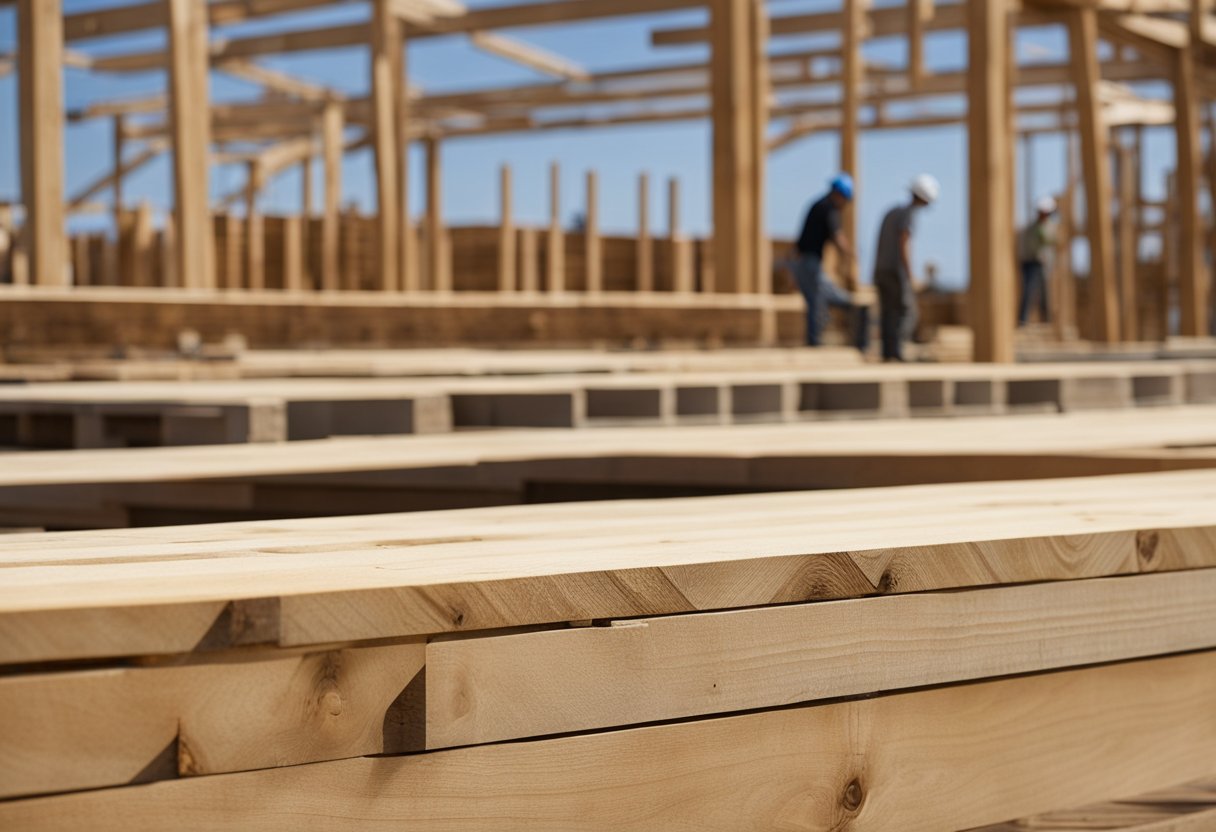
As a horizontal piece of material that sits at the base of a wall, sill plates can be made of various materials. The most common materials used for sill plates are wood, concrete, and steel. These materials provide a sturdy connection between the foundation and the rest of the building.
Wood
Wood is the most common material used for sill plates. Treated lumber is often used to prevent decay and insect infestation. Pressure-treated wood is also used in some cases. Borate-treated wood is an alternative to pressure-treated wood, which is less expensive and can prevent termite infestation. Timber sills are another type of wood sill plate that is used in some buildings.
Concrete
Sill plates can also be made of concrete. A concrete foundation is required for this type of sill plate. A mudsill, which is a type of concrete sill plate, is used to anchor the wood framing to the concrete foundation. J-bolts are used to secure the mudsill to the foundation.
Steel
Steel is another material that can be used for sill plates. Metal barriers are often used to separate the sill plate from the foundation. This is done to prevent moisture from getting into the wood and causing decay.
In summary, sill plates can be made of wood, concrete, or steel. Treated lumber, pressure-treated wood, borate-treated wood, timber sills, concrete foundation, mudsill, stone, fasteners, metal barriers, and engineered wood are all relevant materials used in the construction of sill plates.
Installation and Anchoring
When it comes to installing a sill plate, it is important to make sure it is anchored securely to the foundation. This is typically done using anchor bolts, which are inserted into the foundation while the concrete is still wet. These bolts are then run through the sill plate to secure it to the foundation.
It is important to use the correct size and type of anchor bolt for the job. The size of the bolt will depend on the size of the sill plate and the load it will be supporting. The most common size for anchor bolts used in sill plate installation is 1/2 inch.
In addition to anchor bolts, washers and nuts are also used to secure the sill plate to the foundation. The washer is placed between the nut and the sill plate to provide a more secure connection. Flat washers are typically used for this purpose.
When drilling holes for the anchor bolts, it is important to make sure they are drilled at the correct depth and angle. The holes should be drilled slightly deeper than the length of the anchor bolt to ensure a secure fit. The angle of the hole should also be slightly angled towards the center of the sill plate to ensure a tight fit.
J-bolts are another option for anchoring a sill plate to a foundation. These bolts are shaped like the letter “J” and are embedded in the concrete. They are then used to secure the sill plate to the foundation.
Once the sill plate is anchored to the foundation, sheathing can be installed on top of the sill plate to provide additional support. This is typically done using nails or screws.
In summary, anchoring a sill plate to a foundation is a crucial step in the construction process. By using the correct size and type of anchor bolt, drilling the holes at the correct depth and angle, and securing the sill plate with washers and nuts, a strong and stable connection can be achieved.
Protection and Maintenance
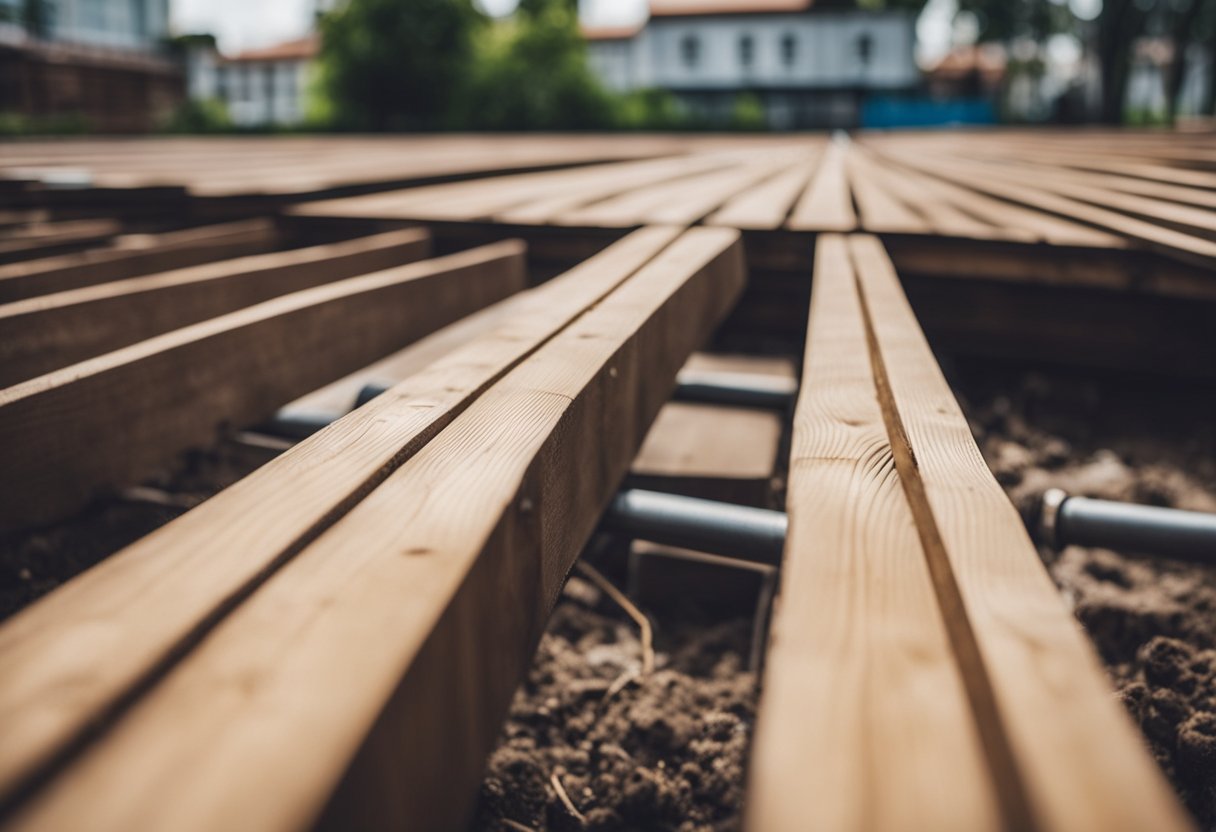
As a crucial component of a building’s foundation, the sill plate requires proper protection and maintenance to ensure its longevity. Moisture and rot are two of the most common problems that can affect the sill plate, which can lead to costly repairs if left unchecked.
One way to protect the sill plate from moisture is by using a sill seal. A sill seal is a thin strip of foam or rubber that is placed between the sill plate and the foundation. It acts as a barrier to prevent moisture infiltration, which can cause the sill plate to rot over time. Additionally, using a capillary break, such as a layer of gravel or crushed stone, can also help prevent moisture from seeping into the sill plate.
To further protect the sill plate, it is essential to ensure that the siding and other exterior elements are properly installed and maintained. Any water damage to the siding or other exterior elements can lead to moisture infiltration, which can affect the sill plate. It is also important to inspect the band joist and rim joist regularly for any signs of damage or rot.
When installing the sill plate, it is important to use a membrane, such as a waterproofing membrane, to provide an additional layer of protection against moisture. Shims can also be used to ensure that the sill plate is level and properly supported.
Finally, it is important to seal any gaps or cracks between the sill plate and the bottom plate using caulk or other sealants. This helps prevent moisture infiltration and can also improve the building’s energy efficiency by reducing air leaks.
As a professional in the construction industry, I know the importance of protecting and maintaining the sill plate. By taking the necessary steps to prevent moisture and rot, and by ensuring that the sill plate is properly installed and sealed, we can help ensure the longevity of the building’s foundation.
Dealing with Potential Issues
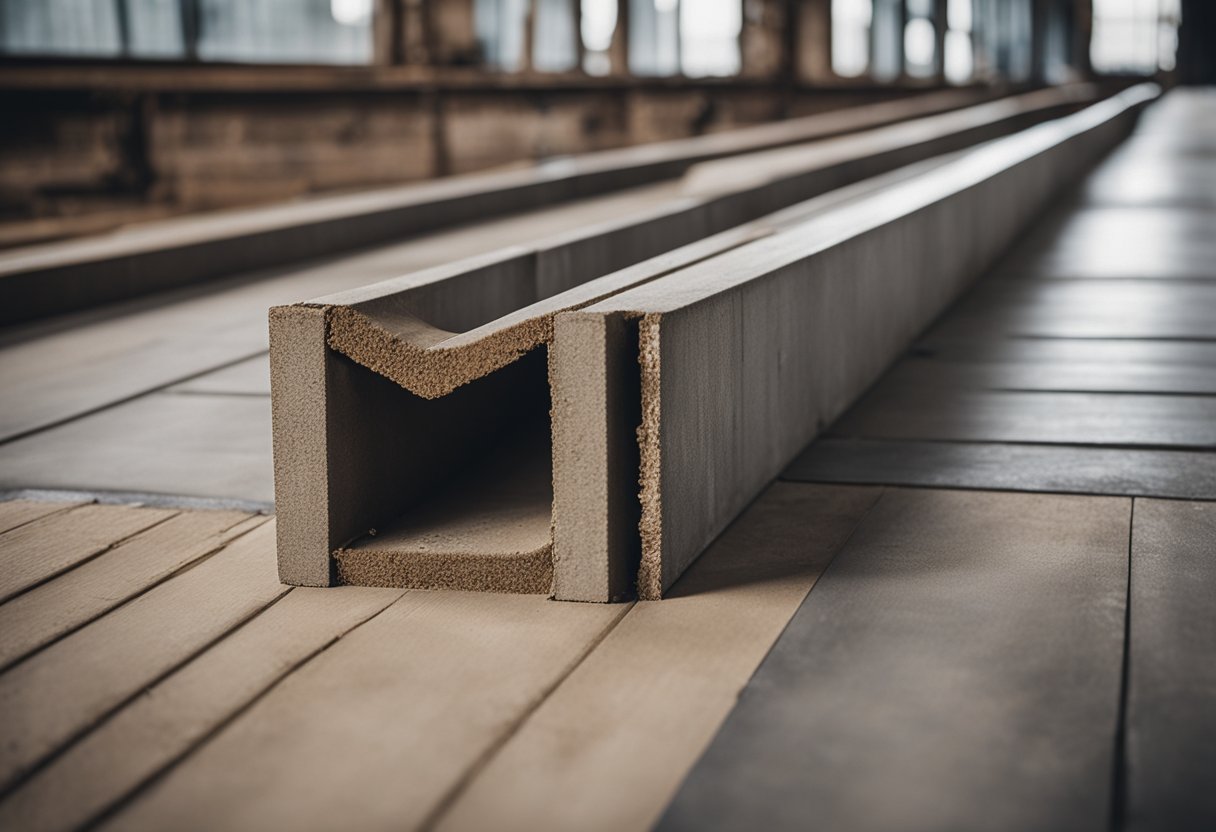
When it comes to sill plates in construction, there are a few potential issues that you may need to deal with. Here are some of the most common issues and how to address them:
Insect Damage
One of the biggest threats to sill plates is insect damage. Termites, carpenter ants, and other pests can all cause significant damage to wood over time. To prevent insect damage, it’s important to use pressure-treated lumber for your sill plates. This type of wood has been treated with chemicals that make it resistant to insects and decay.
Decay
Another potential issue with sill plates is decay. Over time, wood can rot and decay, especially if it’s exposed to moisture. To prevent decay, it’s important to use high-quality lumber that’s been properly treated. You can also take steps to prevent moisture from getting to your sill plates, such as using a moisture barrier and ensuring that your foundation is properly sealed.
Stability
Finally, it’s important to ensure that your sill plates are stable and secure. If your sill plates are not properly installed or become damaged over time, they can compromise the stability of your entire structure. Regular inspections can help you identify any potential issues and address them before they become a problem.
To summarize, when it comes to sill plates in construction, it’s important to use high-quality, pressure-treated lumber to prevent insect damage and decay. You should also take steps to ensure that your sill plates are stable and secure to prevent any issues with the overall stability of your structure.
Building Regulations and Codes
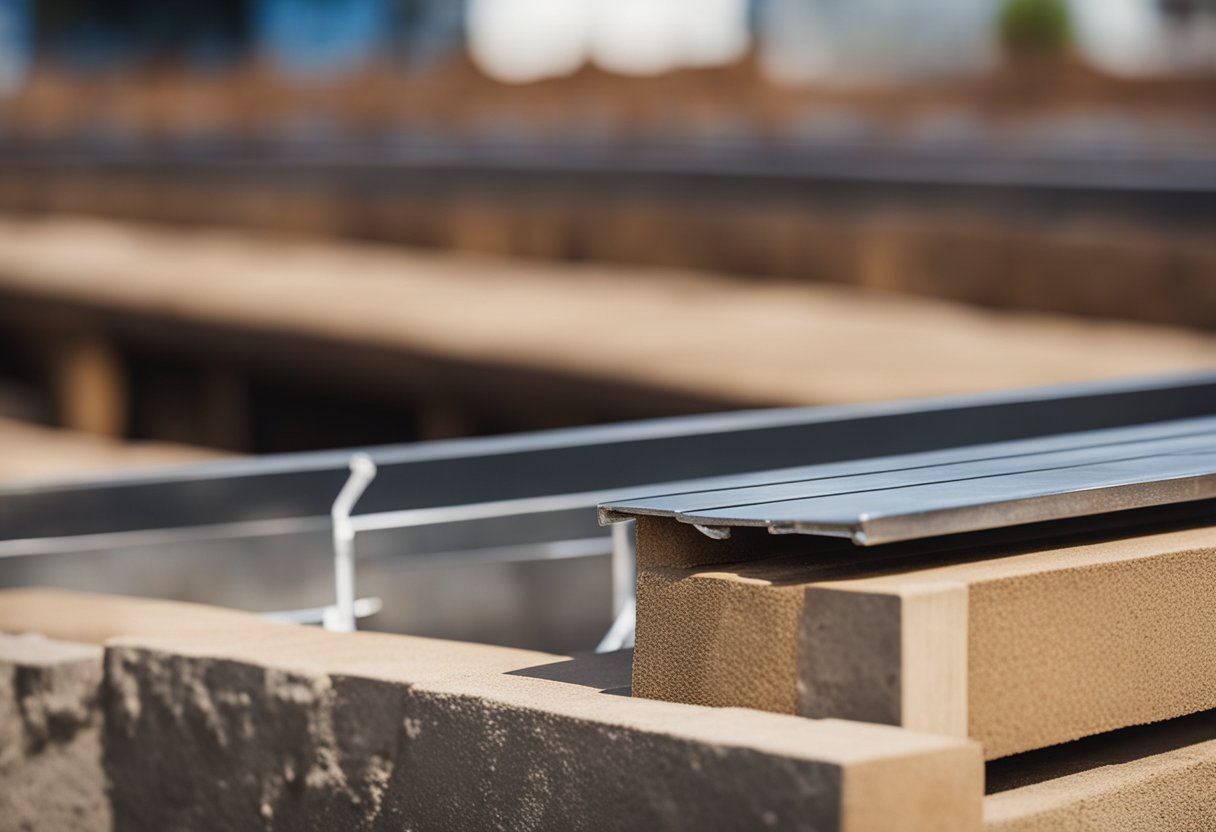
As a construction material, sill plates are subject to regulations and codes that govern their use. Building codes, in particular, are important to follow as they ensure that structures are safe and sound.
In the United States, the International Building Code (IBC) is the most widely used model code for commercial and residential construction. The IBC provides guidelines for the use of sill plates in construction, including the materials and dimensions required for different types of structures.
It is important to note that building codes vary by state and locality, so it is essential to check with local building departments to obtain the necessary permits and code information before starting a construction project. Failure to comply with building codes can result in fines, legal action, and even demolition of the structure.
One important aspect of building codes is the use of pressure-treated lumber for sill plates. Pressure-treated lumber is treated with chemicals that protect it from decay and insect damage. According to the IBC, all wood in contact with concrete or masonry must be pressure-treated to prevent rot and other damage.
In addition to building codes, it is also important to obtain the necessary permits before starting a construction project. Permits ensure that construction projects meet safety and environmental standards and are inspected by local authorities.
Overall, following building regulations and codes is essential for ensuring the safety and longevity of a construction project. By using pressure-treated lumber and obtaining the necessary permits and code information, builders can ensure that their structures meet the highest standards of safety and quality.
Contract and Professional Services
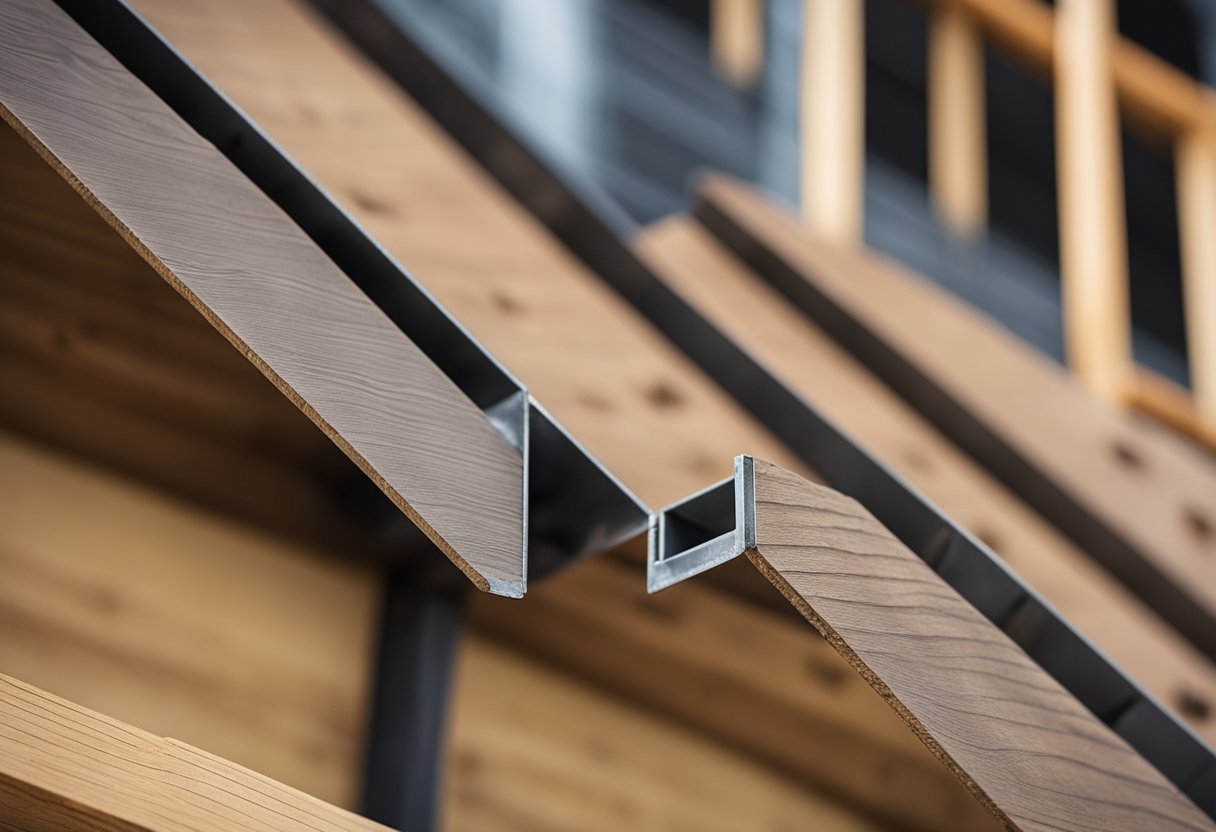
As a framer, I understand the importance of having a sturdy connection between the foundation and the rest of the building. One way to achieve this is by installing a sill plate. A sill plate is typically made of wood, concrete or steel and is installed at the base of a wall, directly above the foundation Storables.
If you are a contractor or homeowner looking to have a sill plate installed, it is important to hire a professional who has experience in this area. A framer or a general contractor who has experience in framing can provide you with the necessary services to ensure that your sill plate is installed correctly and securely.
In addition to hiring a professional, it may also be necessary to use epoxy to secure the sill plate to the foundation. Epoxy is a strong adhesive that can be used to bond wood to concrete or other surfaces. It is important to use a high-quality epoxy that is specifically designed for this purpose to ensure that the sill plate is securely fastened to the foundation HPD Consult.
When hiring a contractor or professional to install a sill plate, it is important to ensure that they are licensed and insured. This will protect you in the event that something goes wrong during the installation process. It is also important to get a written estimate of the cost of the project before work begins to avoid any surprises later on.
Overall, hiring a professional who has experience in framing and using epoxy to install a sill plate is essential to ensure that your building has a strong foundation.
Frequently Asked Questions
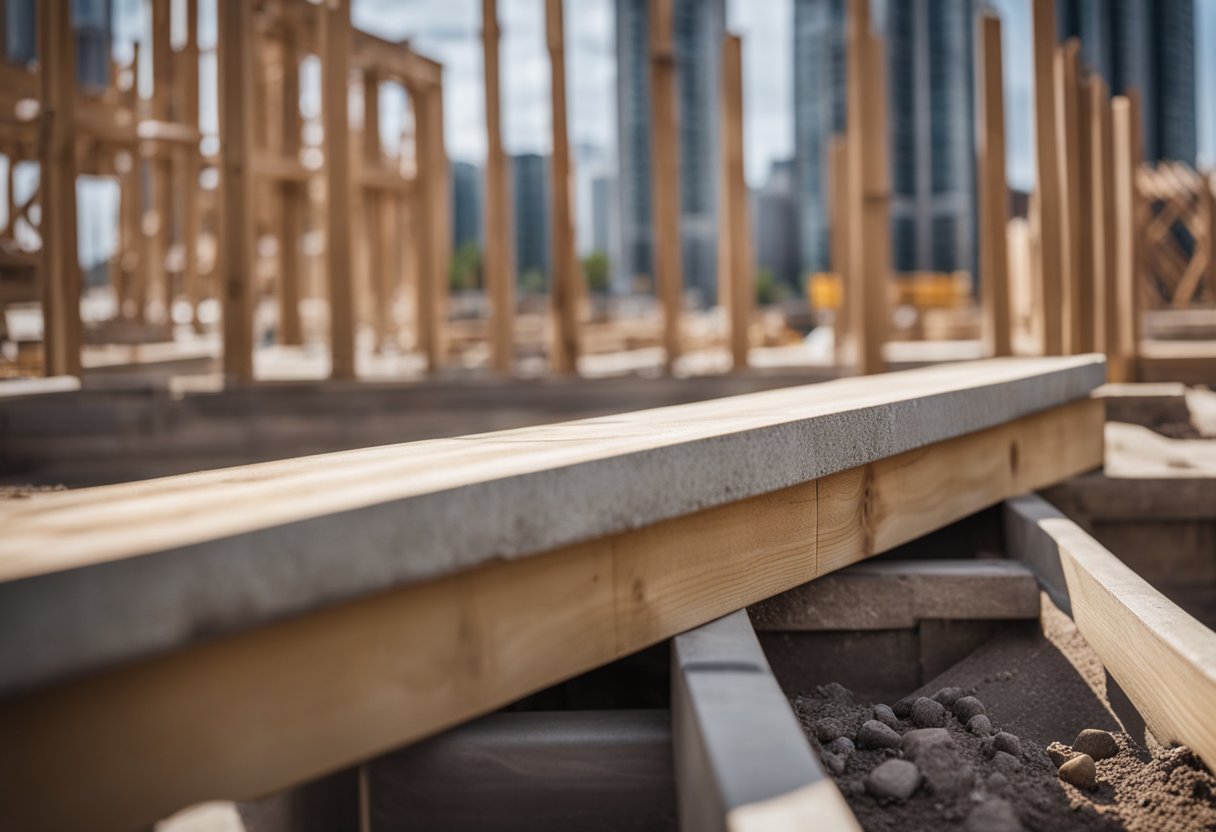
What is the purpose of a sill plate in construction?
A sill plate is a critical component of a building’s structural framing. The purpose of a sill plate is to provide a sturdy connection between the foundation and the rest of the building. It acts as a horizontal base for vertical studs that form the framing of the structure. The sill plate also helps to distribute the weight of the building evenly across the foundation, which is essential for maintaining the structural integrity of the building.
What materials are commonly used for sill plates?
Sill plates are typically made of wood, concrete, or steel. Wood is the most common material used for sill plates, as it is affordable, readily available, and easy to work with. Concrete and steel sill plates are more durable and long-lasting than wood, but they are also more expensive.
How is a sill plate installed?
The installation of a sill plate varies depending on the type of foundation and the building code requirements in your area. Generally, the sill plate is anchored to the foundation using bolts or other fasteners. It is important to ensure that the sill plate is installed correctly to prevent it from shifting or moving, which could compromise the structural integrity of the building.
What is the recommended size for a sill plate?
The recommended size for a sill plate depends on the size and weight of the building. In general, a 2×6 or 2×8 sill plate is suitable for most residential buildings. However, for larger or heavier structures, a 2×10 or 2×12 sill plate may be necessary.
What goes between the sill plate and foundation?
A sill sealer or gasket is typically used between the sill plate and foundation. The sill sealer helps to prevent air and moisture infiltration and provides a cushion between the two surfaces to reduce the risk of damage from settling or shifting.
Is a sill plate the same as a bottom plate?
No, a sill plate and a bottom plate are not the same thing. A sill plate is installed on top of the foundation and serves as the base for the vertical studs that form the framing of the structure. A bottom plate, on the other hand, is installed on top of the subfloor and serves as the base for the vertical studs that form the interior walls of the building.

Hi, I’m Sal Muller of Tooltrip.com. My DIY experience led me to understand essential power tools for home projects. Tooltrip.com guides enthusiasts and professionals in choosing right tools for any job. I provide concise top tool reviews for easier, efficient DIY.

